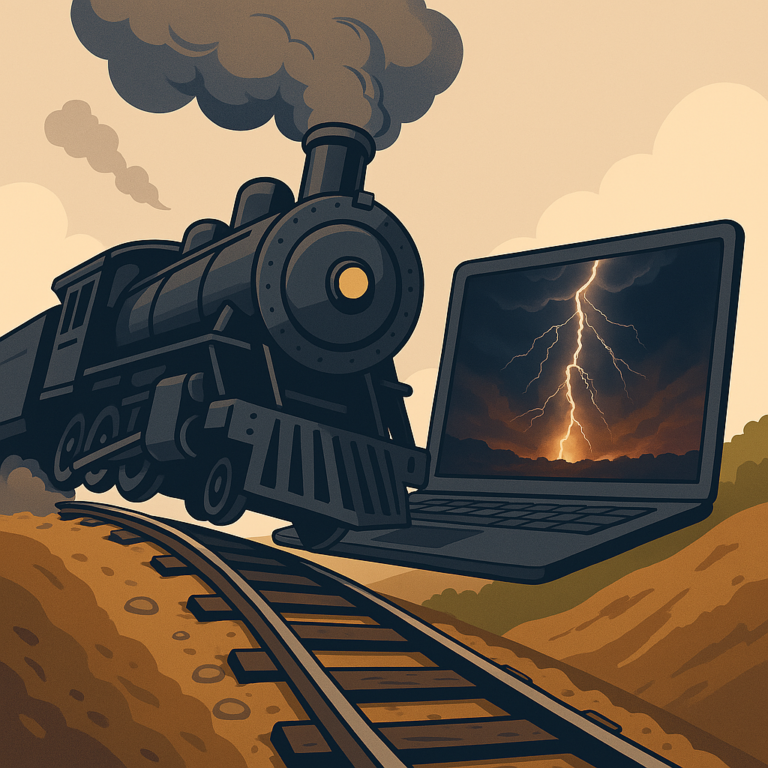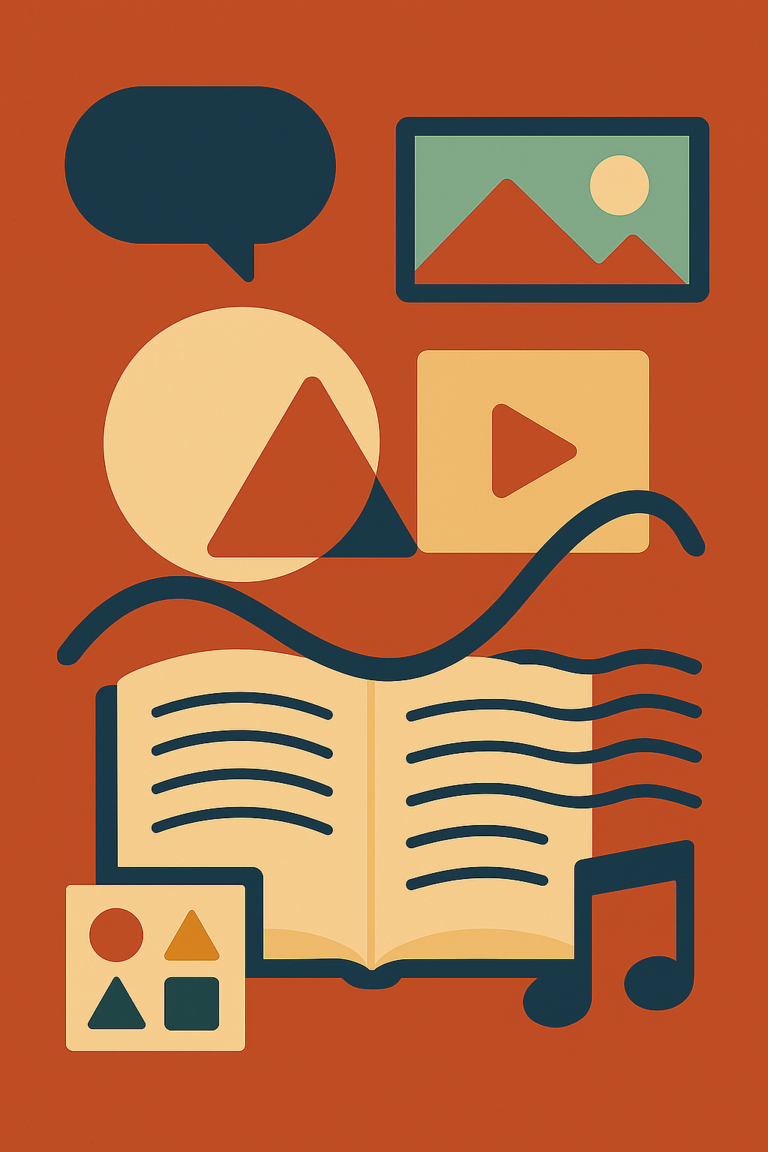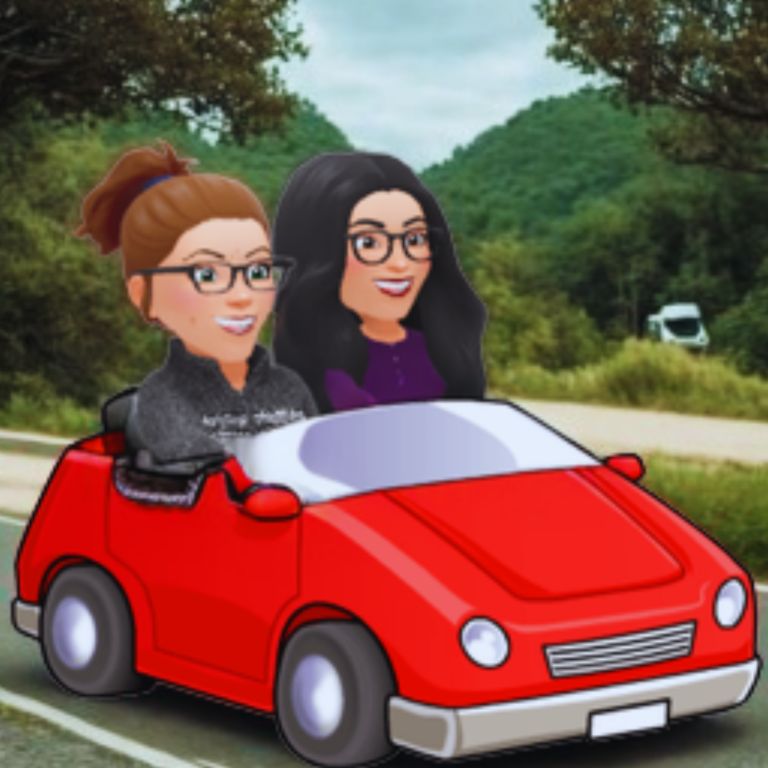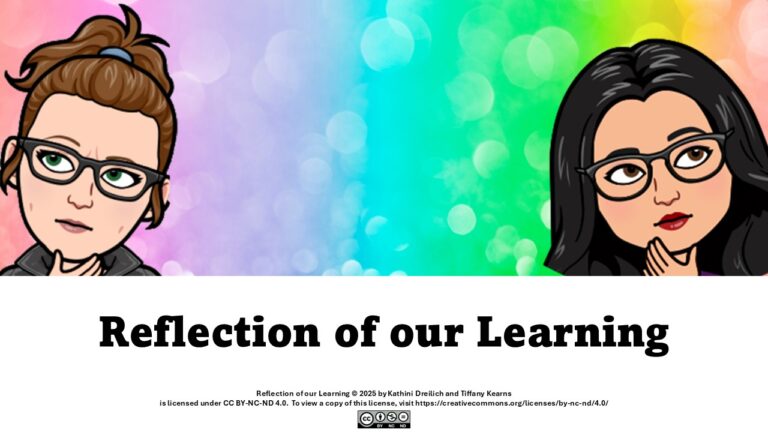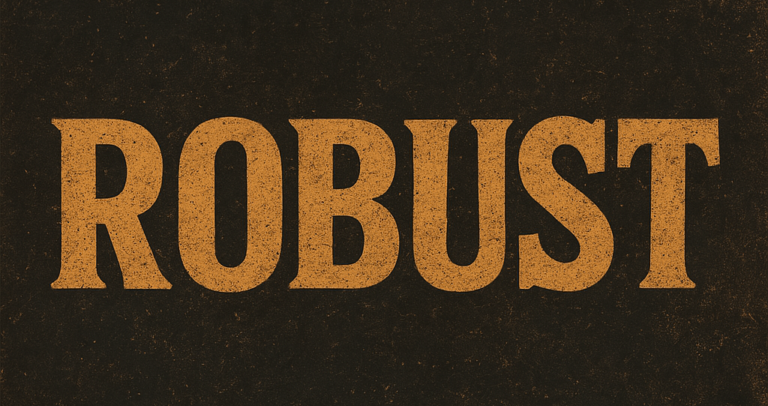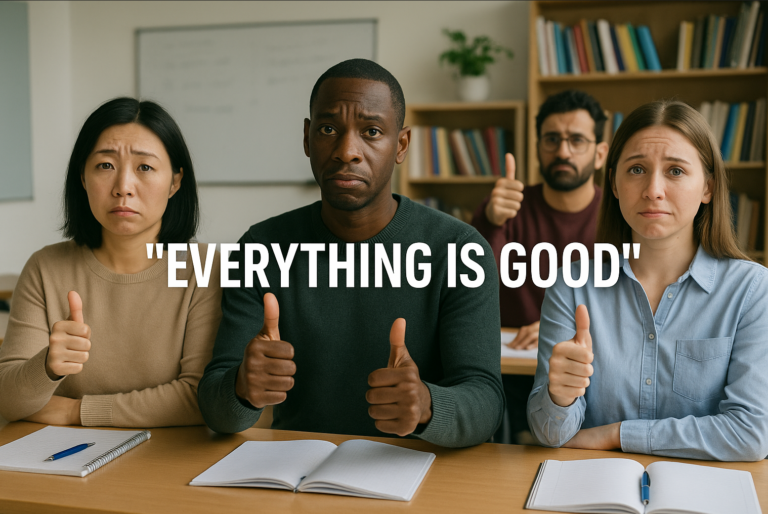Everything We Learned In Kindergarten
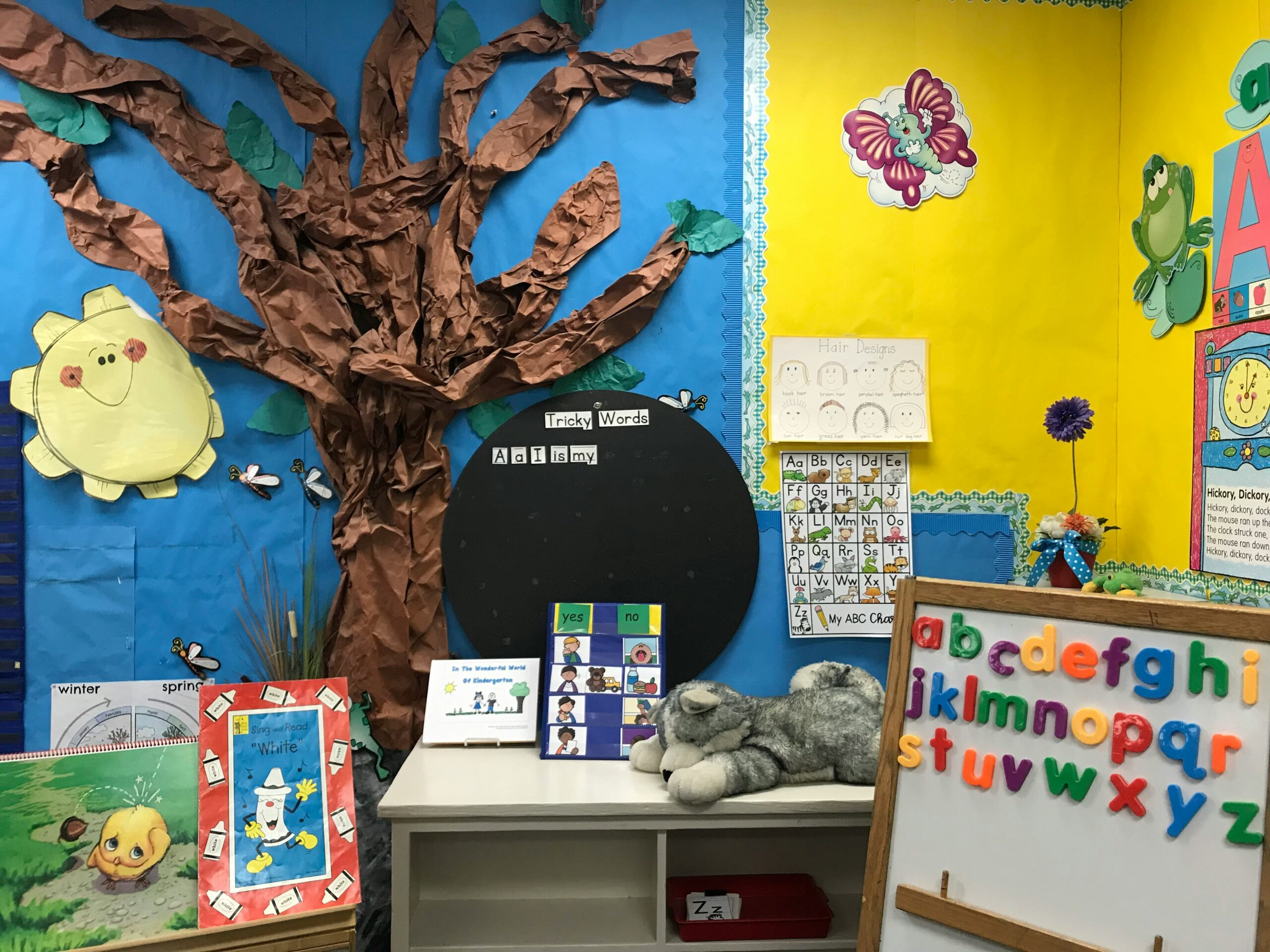
Featured image by Monica Sedra on Unsplash
Written by Kati Dreilich and Tiffany Kearns
Our reflection on our MEd program
For both of us, returning to university in our forties was somewhat intimidating. Starting over with formal education after being on the teaching side for so long was much like starting Kindergarten! Reflecting upon our program, we realized that all of our experiences in Kindergarten also happened in our MEd program!

Welcome to school
The early classes, EDCI 570 and 515 were like first learning how to do everything in Kindergarten. The whirlwind introduction to Zoom meetings, blogging, and discussion posts was like learning how to line up for recess. Lots of new routines, and the start of our educational journey.
Learning how to use materials
In Kindergarten, students learn how to use materials, like scissors and glue, responsibly. Many of our classes involved learning how to use new technology, including WordPress, Zotero, Brightspace, and Mattermost. Learning Zoom etiquette was like learning not to get Playdough on the carpet. EDCI 572 Development and Implementation of the Curriculum introduced us to the BC Digital Literacy Framework – through this framework, we can begin to teach our students how to use technology tools appropriately.
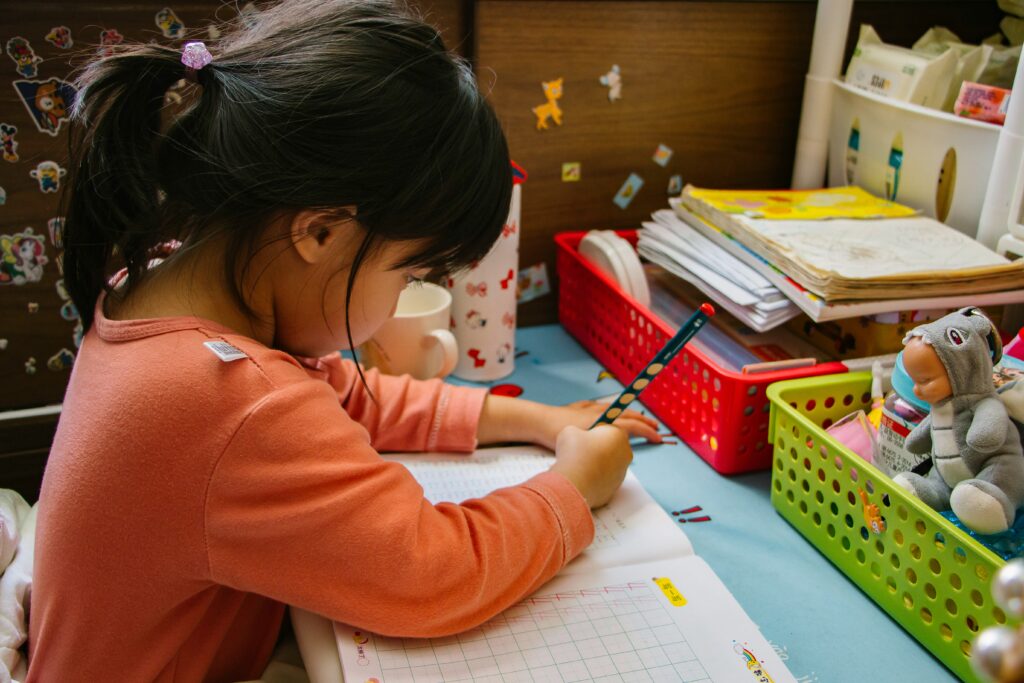
Learning how to read and write
All of our classes in the first year, EDCI 570, 515 and 565, involved introducing us to literature. In 570 and 515 we learned started to get an idea of the what’s out there in terms of literature on educational technology. Through these classes, we understood how research papers are put together, which allowed us to essentially “re-learn” how to read. Our first year classes also involved formal writing, where we needed to get reacquainted with the APA style guide. We also began keeping blogs early on, which was a new style of writing for both of us. After being away from the university for over a decade, taking these early courses in the program were similar to learning how to hold a pencil properly and sound out words!
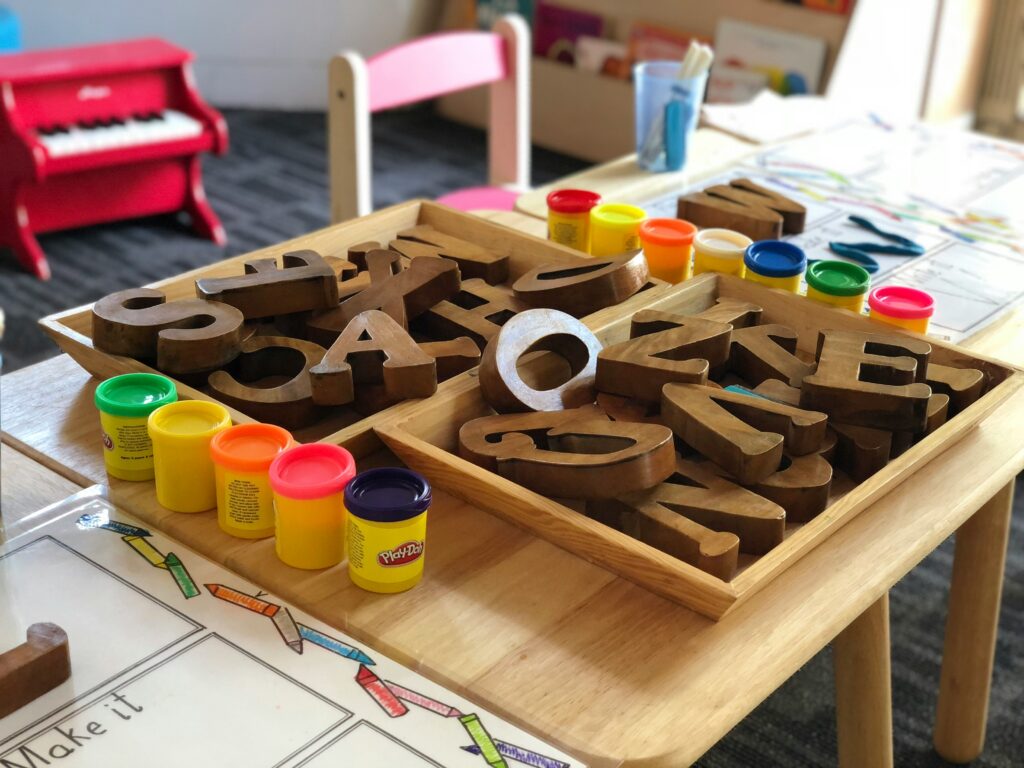
Working together
Digital collaboration throughout our classes felt much like those early childhood moments of teamwork. Group projects were the educational version of building with blocks, each person contributing piece by piece, while learning to take turns just like being the line leader. Navigating different personalities mirrored playgroup dynamics, where cooperation and understanding were key to harmony. Giving feedback on each other’s work, whether in class or on posts, felt like the classroom kindness of saying “I like your drawing”—simple, supportive, and encouraging growth. Across all formats—Brightspace discussions, group tasks, breakout rooms, social annotation, pods, and working together on our main project—these experiences fostered a sense of community rooted in patience, playfulness, and co-creation.
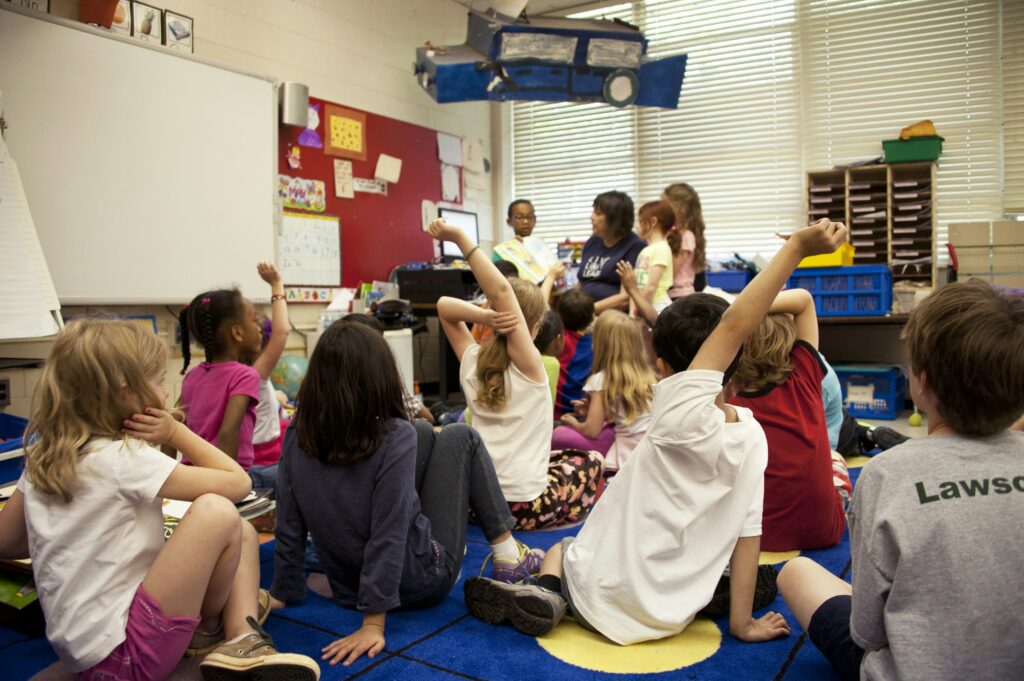
Show and tell
Show-and-tell is an essential part of the Kindergarten curriculum. It gives students the opportunity to share their interests while developing both their listening and communication skills. Almost all of our classes included a presentation component. We really enjoyed hearing about our classmates’ interests, especially since we were part of quite a diverse group, made up of teachers from different subject areas, grade levels, districts and even different provinces.
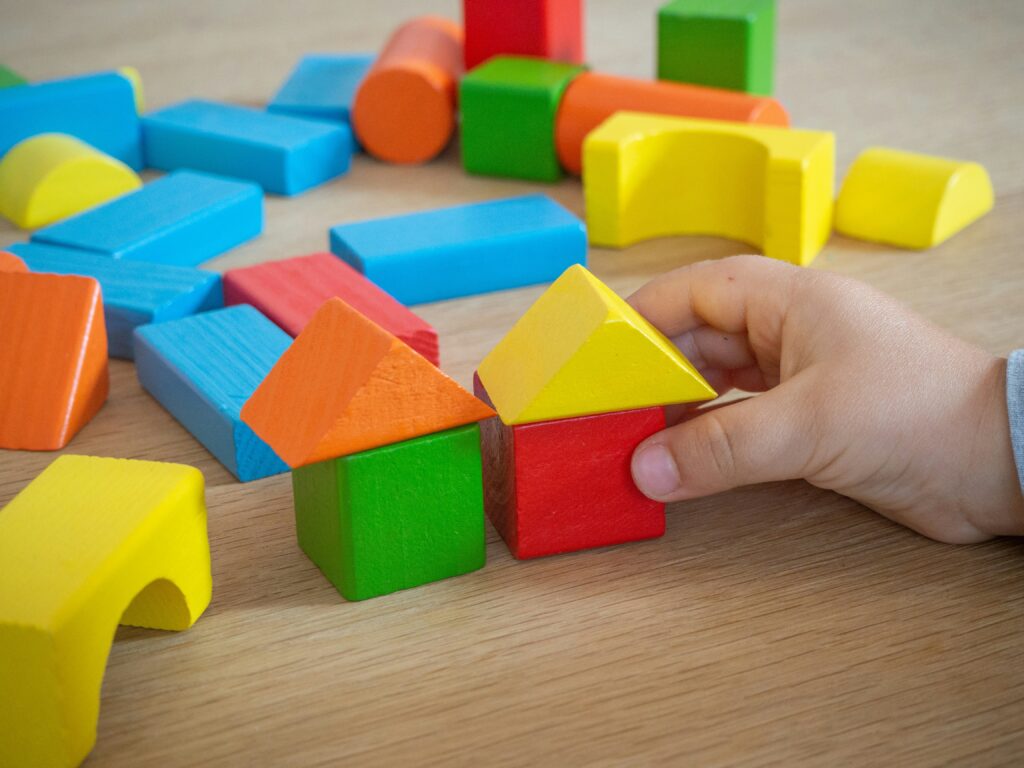
Learning how to share
EDCI 569 allowed us to remember how to share as we explored the power of Open Educational Resources and how openly sharing content can benefit all learners—especially those from marginalized communities we aimed to support. Although we were initially hesitant to open our work to others, we gradually embraced the practice, learning how to share respectfully and safely – just like in Kindergarten. EDCI 568 enriched our understanding through inspiring guest speakers. Discussions around Creative Commons and copyright reminded us to honor the work of others, and just like in kindergarten, to put our names on our creations and not take something that isn’t yours.
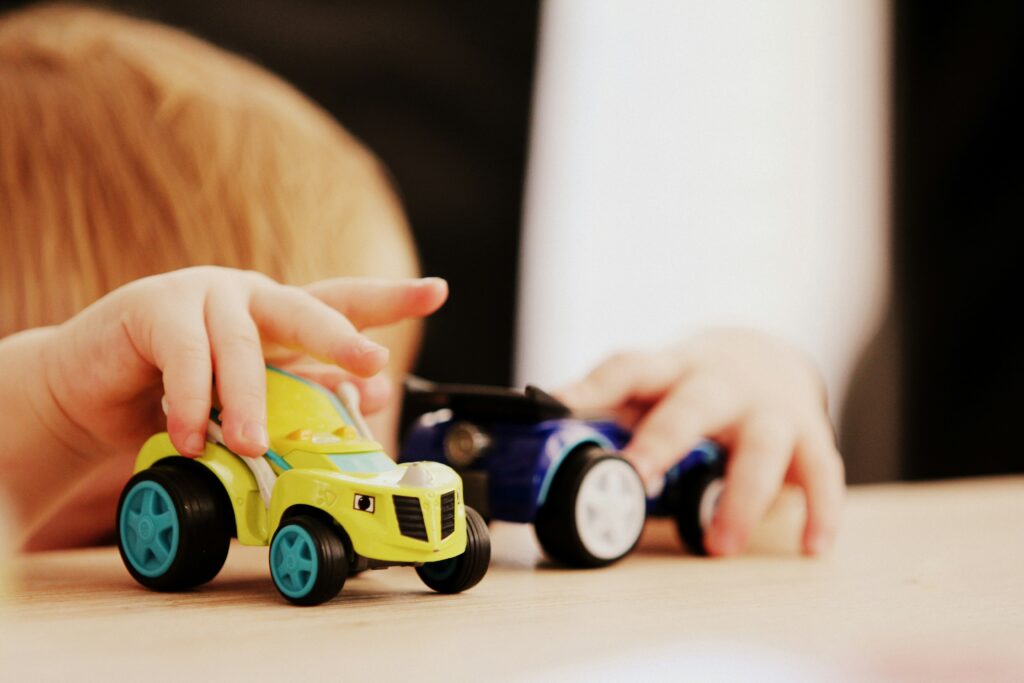
Opportunities to explore
If you ask any Kindergarten student (or any student of any grade, for that matter) what the best part of Kindergarten is, the answer will unanimously be free choice time, also known as “Centers”. Centers usually include opportunities to engage in imaginative play, building, arts and crafts, puzzles, puppets and many other enjoyable activities. The main draw of centers is that students get to choose how they spend their time, and they get to explore their own interests.
We didn’t necessarily have “Center Time” built into our master’s program, but there was one course in particular that came close to offering this same level of exploratory, inquiry-based learning. EDCI 568: Discourse on Social Media for Personalized Learning allowed us to simultaneously learn the value of personalized, inquiry-based learning while experiencing it ourselves. We were able to learn from guest speakers who were highly regarded in their fields and apply this learning to our own areas of interest. This course allowed us the ability to dig deep into our two learning theories as well as explore literature on multimodal literacy learning. The first time we really “played” with H5P was when we created a presentation for this course. Creating that presentation allowed us to experiment and helped us design our multimedia modules for the interactive books included in our website. We didn’t get to finger paint or play with cars, but much like Kindergarten students, we did get to engage in unstructured play that promoted learning in EDCI 568.
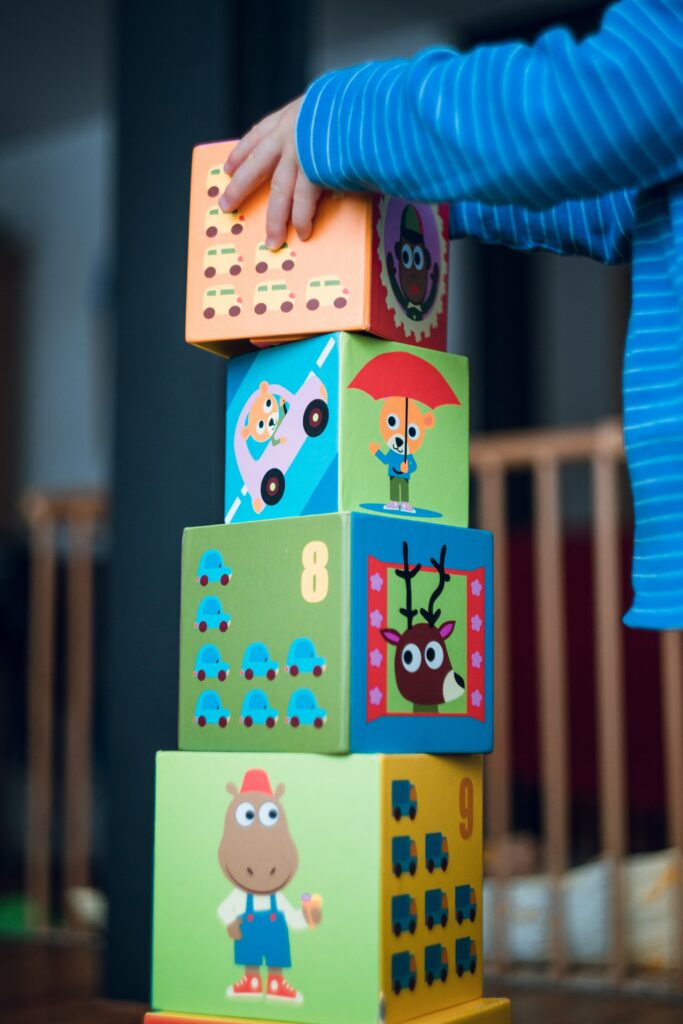
Finding our voice
A big part of Kindergarten is building independence and discovering who we are as learners. EDCI 532 was a favorite for both of us. We got to circle back and revisit our roots, find our voices and explore our lived experiences. It was in this class that we really began to see that our students had commonalities. The idea of sharing student voice propelled our first paper together in EDCI 569 and 572. Looking back at our roots also inspired us to write this blog post!
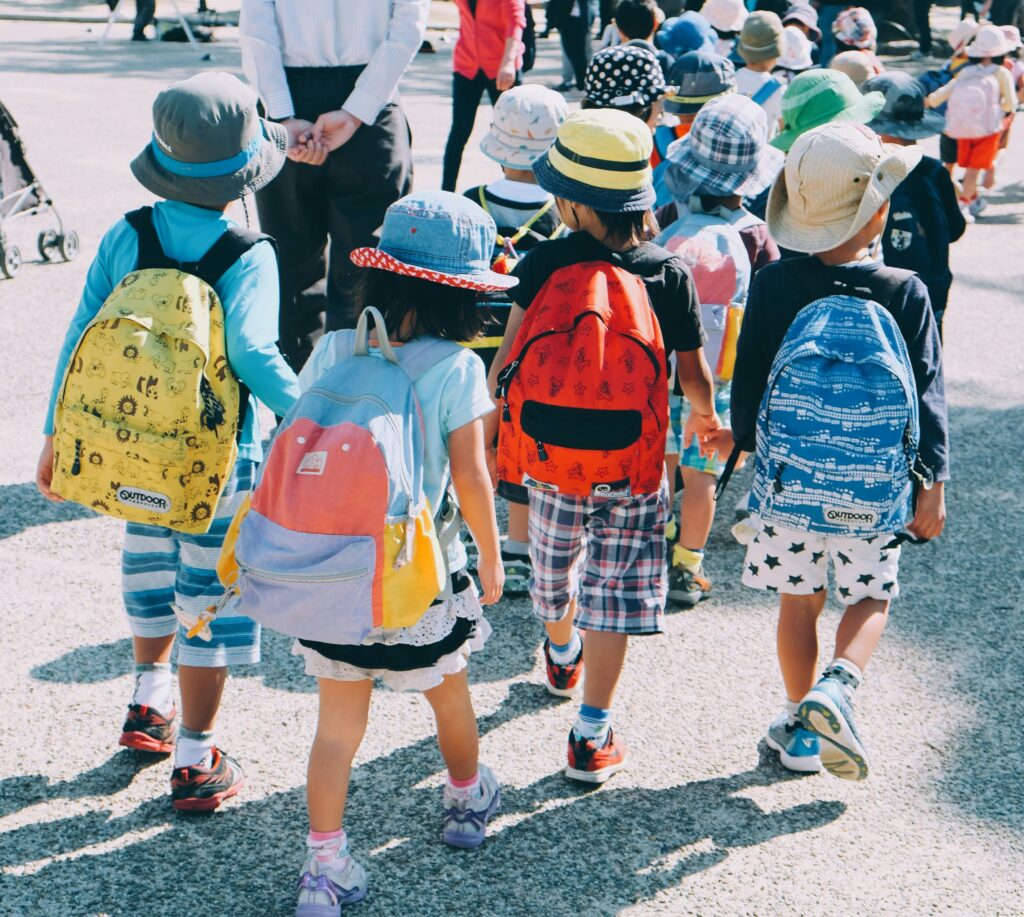
Making new friends and having fun
Going into this program, we expected to work hard and learn a lot. What we didn’t expect, however, was that we would build life-long connections with our classmates. We were fortunate to connect with each other at the beginning of the second year of the program and our friendship has developed alongside our project. Sometimes, when meeting on Zoom, we realized that we had been chatting about our families for 45 minutes, and we should actually get to work! We have had a lot of laughs along the way, with inside jokes about ninjas and skeletons and epic AI image fails. Just like in Kindergarten, where friendship are formed, we found connection and community throughout our experiences in this program. So, now we close this chapter of our educational journey – time for recess!
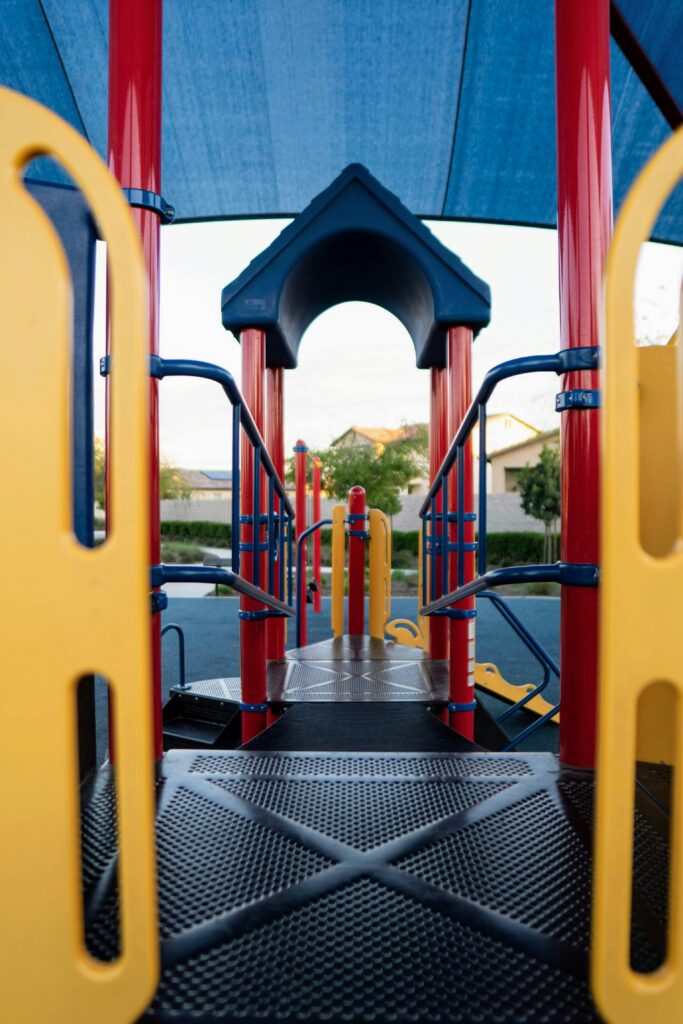
Everything We Learned in Kindergarten © 2025 by Kathini Dreilich and Tiffany Kearns is licensed under CC BY-NC-ND 4.0
